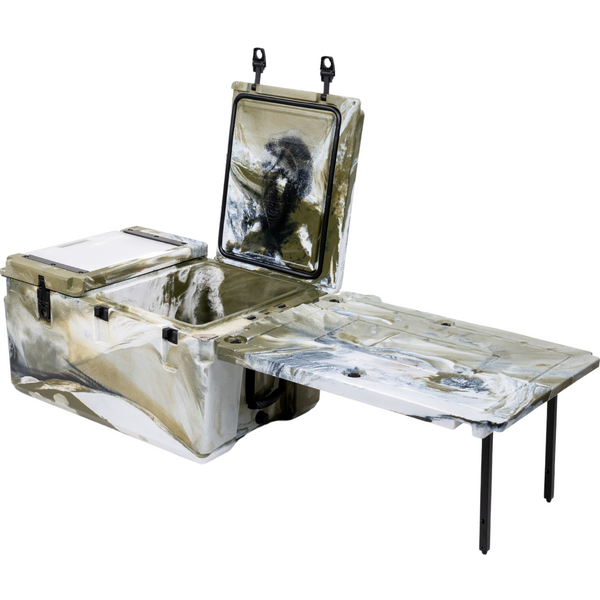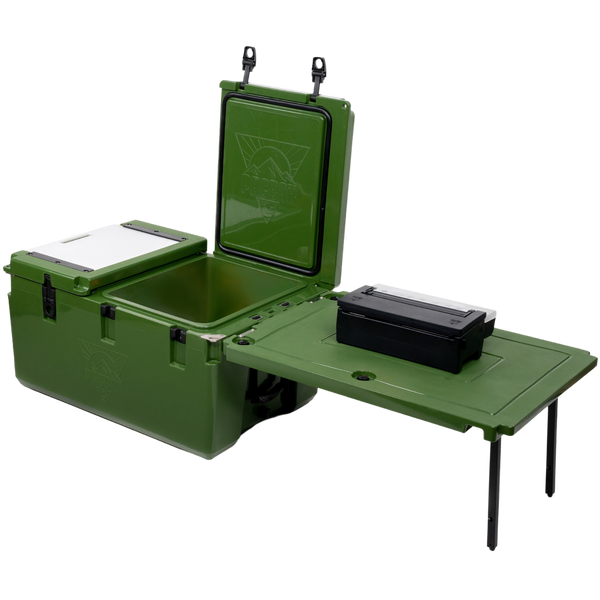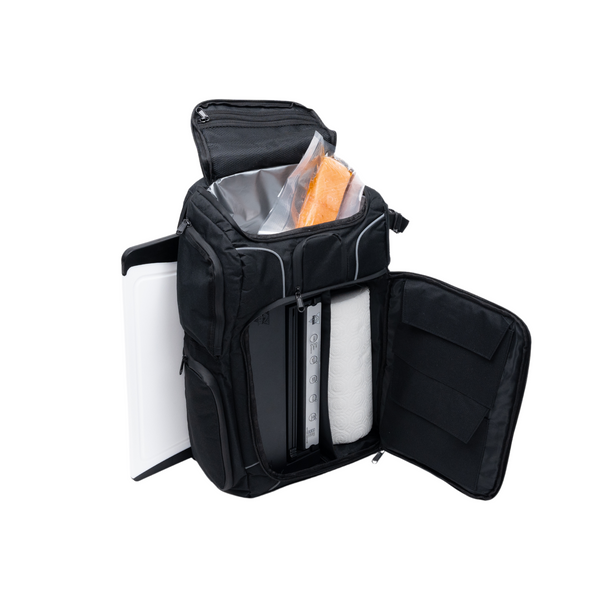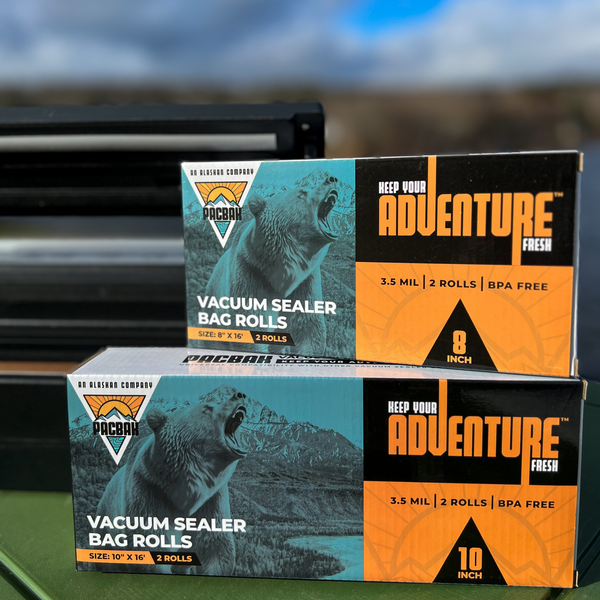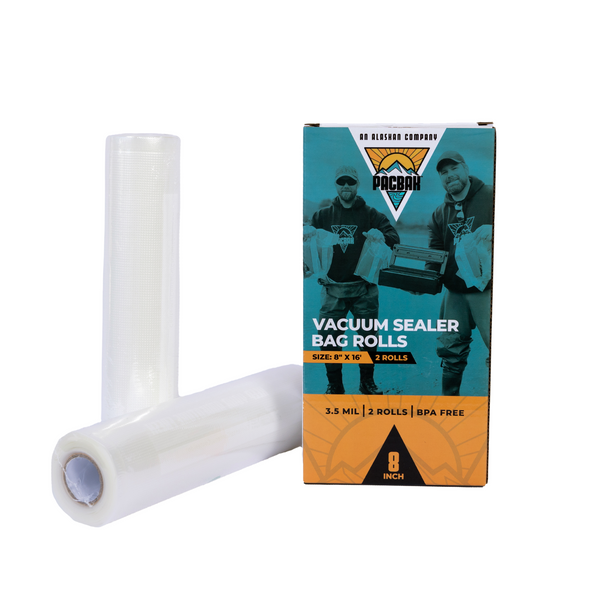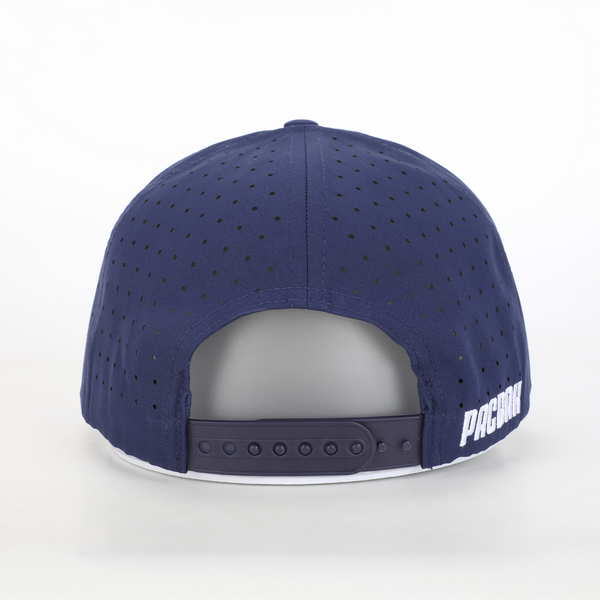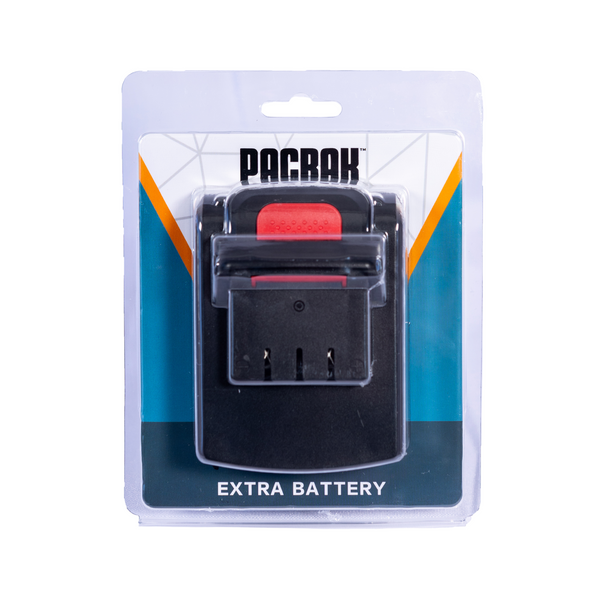Freezing food is the ideal way to make food last longer and prevent spoilage that leads to waste. The practice can help you maximize your grocery budget and reduce meal prep requirements. If you hunt or fish and grow fruits and vegetables, freezing food can help you get more from your harvests and make fresh foods last for months. Yet, freezing food that tastes fresh isn't always as easy as it seems. The wrong packaging and preparation methods can cause issues like spoilage and freezer burn, leading to even more food waste.
Luckily, investing in the right tools and learning best practices for freezing food will ensure your food stays fresh and delicious for months in the freezer. Our guide will share the benefits of using the right vacuum sealer for freezing food and techniques for preparing food and using a vacuum sealer for freezing.
Understanding the ROAM Vacuum Sealer and its Benefits
Avid fishers, hunters, and gardeners know that food is at its freshest immediately after it's procured. Packaging food at the peak of freshness is the best way to enjoy the same fresh taste when you're ready to thaw and cook your meals. The ROAM 18-V Portable Vacuum Sealer from PacBak is the ideal tool for preserving fresh food even when you're far from the convenience of your kitchen.
With a compact size and weighing in at just under four pounds, the ROAM Vacuum Sealer is easy to carry in a backpack or cooler (especially the PacBak ones with exceptional storage capacity for the sealer). Designed for portability, it uses a rechargeable, replaceable 14.6-volt battery that charges in less than an hour and delivers 40 seals per charge. In other words, it's ideal for on-the-go food preservation in any environment. The ROAM Sealer's small size also makes it easy to store between uses and just as handy in the kitchen as in the great outdoors. No matter where it's used, it will take your freezing practices to a new level of freshness.
Preparing Food for Freezing
Preparation is a key part of ensuring your food is safe and filled with the great flavor you expect. Learning how to ensure your food is ready to freeze will ensure you avoid spoilage and maintain the intended texture. Use these tips for preparing foods for freezing.
- Make sure all food products are properly cleaned before freezing.
- Cut away any unwanted parts (e.g., bruises in produce, fats, etc., from meats) before cleaning and freezing.
- Cool foods completely before sealing and freezing.
- Eliminate as much air as possible from the container before freezing.
Vacuum Sealing Techniques with PacBak's ROAM Vacuum Sealer
If you're unaccustomed to using a vacuum sealer, you'll experience some moments of trial and error. For example, your vacuum sealer is ideal for preserving liquids but removing air and leaving the liquids behind can be challenging. Try these tips for interesting freezing challenges you may not have anticipated.
- To avoid sucking liquids out of the bag when sucking out the air, freeze the liquid first. Freeze your liquids in a plastic container until firm. Pop out the frozen liquid and put it into your vacuum seal bags to be frozen like a solid.
- Sidestep squished foods by pre-freezing tender foods. Vacuum sealing can quickly turn fruits into preserves and meatballs into patties. Pre-freezing these items in a single layer before vacuum sealing will ensure they retain their intended shape.
- Reduce meal prep by cooking double portions. When cooking your favorite casseroles, double the recipe and freeze half to make your favorite meals go further. You can also portion leftovers into single servings before freezing.
Best Practices for Freezing and Storing Vacuum-Sealed Foods
Learning about freezing different foods can help you determine the best ways to freeze your favorite meals. No matter what types of food you freeze, the quality of your vacuum sealer will make a vital difference in preserving freshness. Seek out a quality vacuum sealer that meets your needs and has multiple customer reviews. Read all the instructions for proper use and follow them each time you use your sealer. Contact us to learn more about the ideal vacuum sealer for all environments.
Image Source: sophiecat/Shutterstock




